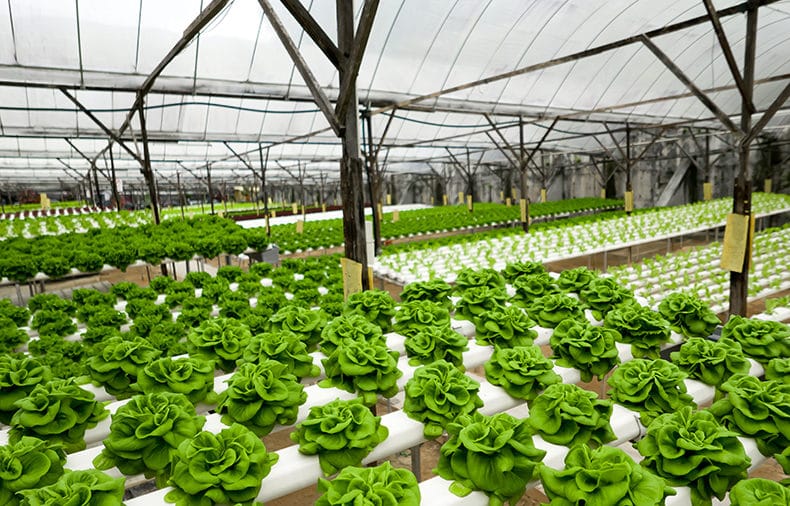Before planning your plant shipment, be sure it is legal to send the plants to the destination you have in mind. When transporting plants across state or national borders, be aware of the strict rules regarding the import and export of plant matter. In many cases, import/export laws and customs delays make it difficult to ship live plants across national borders. When shipping a load of live plants, be aware that your shipment is vulnerable to inspection by the U.S. Department of Agriculture, which could hold up the load by a day or more, so planning with proper timing is critical. If sending live plants via UPS or another standard carrier, it’s best to send them at the beginning of the week so that they won’t run the risk of sitting neglected over a weekend.
Climate
When transporting live plants, remember that climate at the origin, en route, and destination are very important. Plants that thrive in one part of the country may not be very hardy in other parts. Fortunately, it is easy to determine the climate needs of a particular plant. Check the weather at the destination and along the planned route. If your plants might be harmed by freezing temperatures, make sure they won’t pass through a cold zone.
Temperature
Before shipping your plant, determine the range of temperatures that it can endure on sites like My Garden Guide or by asking your local plant store. The U.S. Department of Agriculture also publishes a Plant Hardiness Zone Map which is used determine the normal temperature range of different areas in the U.S., as well as how resistant different plants are to certain climates. This will help you decide whether your plant will be able to survive in its destination.
If your plant is suitable for transport, reference the Agricultural Export Transportation Handbook issued by the USDA, which is particularly useful for finding suggested shipping temperatures and the amount of time certain potted plants can withstand darkness. Your plant transport company should also be able to help you address these issues.
Light
Check to see that your plant’s destination provides enough days of sun each year for your plant to survive. If your plant thrives without much direct sunlight, find a shady location for it to be moved to before your plant transporter arrives. If you are moving to a region where the days are usually overcast, however, plants that need lots of light may be hard to cultivate. Leave these plants behind or donate them to a local school or garden.
Water
The amount of rainfall that a region plant gets is closely tied to how many sunny days there are per year. Pay special attention to this factor especially if you are moving from an area characterized by dry weather to one where it rains much of the year. Just as a plant that requires dry, well-drained soil is unlikely to survive constant moisture, a plant that needs constant watering will have difficultly surviving in a very dry environment.
Climate for Transporting Plants
Although you can control all three of the above variables at the plant’s origin and destination, this is much harder to do when a plant is in transport. Find out if your plant mover is knowledgeable in transporting live plants and is able to accommodate their specific needs. Ask if your plants will be transported in an enclosed trailer or exposed to the elements, and check weather forecasts in advance to make appropriate preparations for very hot or cold temperatures. It may also be helpful to provide your service provider with clear, written directions on the kind of care your plants need.




